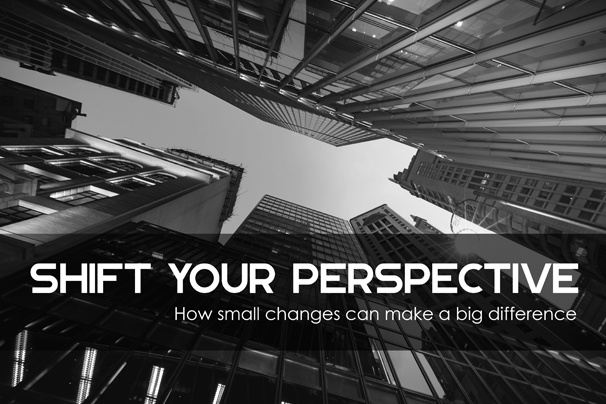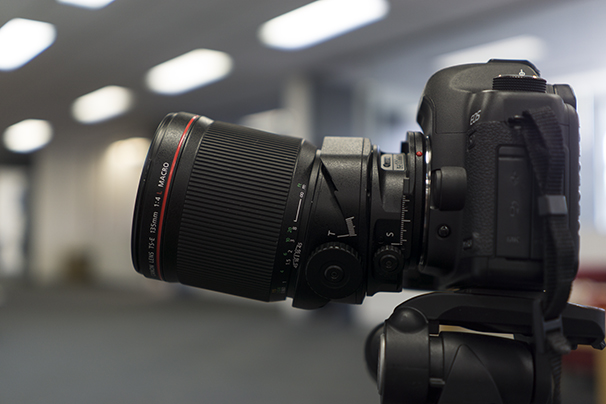It is a universally acknowledged fact that we, as people, love to document the places we visit by means of photograph. This travel tradition isn’t just limited to checking out new states or countries.
No, no, we do this all the time now, thanks to social media. We can post our “Hi mom!” pics from anywhere, even our favourite coffee place up the street.
Because we’re all a little guilty of using our phone cameras more than our actual cameras, we’ve probably noticed a difference in the field of view between the two. If this annoys you, there are solutions to help you capture more of what you’re seeing.
One of them is wide angle lenses. They don’t have to be extreme to get the point across, either.
Essentially, they let you fit more into your field of view which can lend to better, more expansive looking skies and landscape shots. If you’re travelling, this is a nice little option.
Another significant feature is that they can make small spaces look bigger or truer to life. This is a much better way for real estate and interior photographers to capture a broader, more realistic view of an entire room for clients.
These are the kind of photos that get people interested in visiting your space or inspecting your properties, so that’s really something to keep in mind if you provide these services.
As a comparison, we shot the interior of a car because that’s nice and cramped.
We shot on an APS-C camera with a common kit lens and a wide angle prime. While the difference doesn’t seem like much on paper, you can see it in the pictures. The wide lens makes things look more spacious or further away. For a more dramatic comparison, here’s what a 28mm f/2 looks like next to the same 12mm f/2.
With this increase, however, there’s a conundrum; wide angle distortion.
This becomes very obvious when photographing humans with these lenses. Let’s just say they’re not ideal for portraits and leave it at that.
Most often, you might notice distortion around the edges of your image, especially when taking photos of things like buildings.
The nature of their optical design is such that, when pointed up or down, wide angle lenses can cause make vertical lines appear to pinch in at the top or bottom of the frame depending on how your camera is angled.
This is due to the convex curves of the glass elements. Light can’t enter the edges of a lens the same way it enters at the centre. So in exchange for the increased view, you lose a bit of clarity around the edges.
Enter the tilt shift lens.
These highly specialised lenses are all about perspective and sharpness. They come in a range of focal lengths, including wide angles.
As the name suggests, you can physically tilt and shift the optics within the lens, meaning you can setup your camera and make what seem like physical adjustments without actually moving it.
The shift function provides up and down, or side-to-side movements while keeping your sensor and focus planes parallel with the vertical object you’re trying to shoot.
If you’re wondering what the heck that looks like, don’t worry, we’ve prepared a diagram.
As you can see on the left, the sensor and focal planes are not aligned with the vertical rise of the buildings. The top of the building could be distorted by the top part of the lens.
On the right, both planes are parallel with the buildings, but lens has been shifted upwards to put the buildings in frame using the sharper, central part of the lens.
So instead of composing your image by moving your camera around, you can do this by aligning it with the horizon and just shifting the optics up or down to get your ideal framing.
Once you dial in the perfect amount of adjustment, you’ll notice corrected vertical distortion and better edge-to-edge clarity. This means you can take advantage of the wide angle field of view to capture large structures in their entirety with better accuracy and sharpness.
You can see what all of this looks like in the above images. The one on the left seems fine until you add some handy lines that show the verticals are actually at an angle. If those red lines were long enough, they’d eventually converge.
On the right, the lines are straight up and down. This was achieved by using the shift function on our Canon 50mm f2.8L Tilt Shift lens. Side by side, the difference is pretty significant.
Where these lenses truly shine, however, is in creating large scale prints of architecture or cityscapes. They let you capture beautifully sharp photos of buildings and structures without distortion to distract from your overall result.
Now, as you may have guessed, the shift function is only half of what these lenses can do. Stay tuned for our next instalment where we explore the strange and amazing tilt feature!






